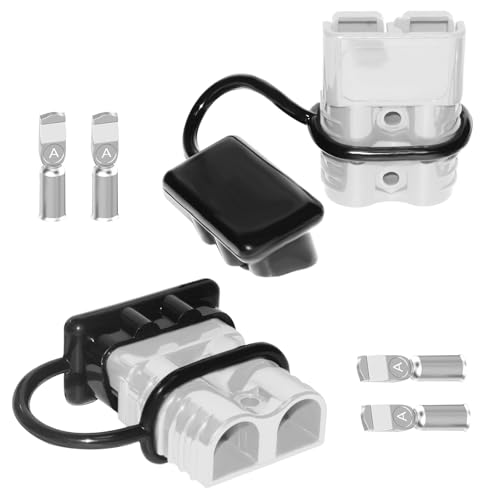- Joined
- Sep 17, 2013
- Messages
- 4,289
- Reaction score
- 9,463
I’ll toss my hat in the ring. I have an 1890s King brand fixed gear race bike. All the parts are super stuck with rust so right now I’m trying to take it apart. Most of it is in my daughters, basement 70 miles away, soaking in penetrant. I’ll bring it home next week and post photos. It’s been crashed so the grips are dented and the crank arm is bent. There is a large dent in the right chain stay. Yesterday I worked on my wheels.

Today I made an imitation turn of the century mounting peg. I used a two dollar ReStore knurled wrench that was un hardened by tossing it in my fire pit fire. Tool steel is hard but the fire made it easy to drill, cut and file. I put it in my vice and bounced on it and it didn’t break.


I have been able to take a few parts off the frame. I made the hubs from my junk, 4 to make two. All 4 were missing something but there was enough to cobble together two vintage hubs, vintage, not antique.

The grips are cork and the brass ends are all dented. They used hide glue and a screw into a dowel that’s pounded into the bar end to put these grips on the bars. Hide glue is reversible, a hot water soak turns the glue to liquid. Unfortunately the cork was rotted and broke when I melted the glue.


The seat is also rotted.





Today I made an imitation turn of the century mounting peg. I used a two dollar ReStore knurled wrench that was un hardened by tossing it in my fire pit fire. Tool steel is hard but the fire made it easy to drill, cut and file. I put it in my vice and bounced on it and it didn’t break.


I have been able to take a few parts off the frame. I made the hubs from my junk, 4 to make two. All 4 were missing something but there was enough to cobble together two vintage hubs, vintage, not antique.

The grips are cork and the brass ends are all dented. They used hide glue and a screw into a dowel that’s pounded into the bar end to put these grips on the bars. Hide glue is reversible, a hot water soak turns the glue to liquid. Unfortunately the cork was rotted and broke when I melted the glue.


The seat is also rotted.




Last edited:










































